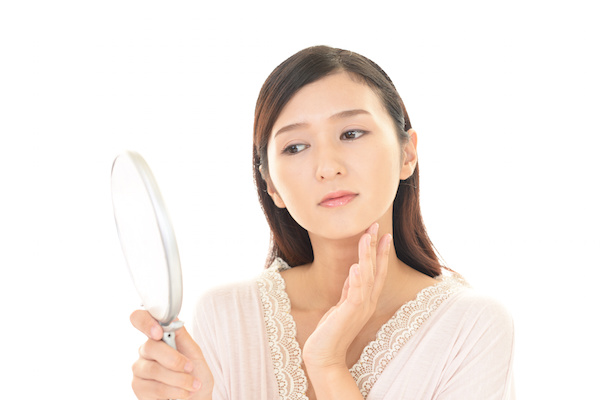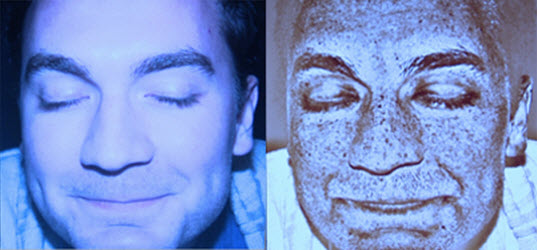Read the REAL UVA Story
The sun produces three kinds of ultraviolet radiation: UVA, UVB and UVC. The types of UV rays are categorized by their different wavelengths. UVC rays have the shortest wavelength, so they are usually absorbed by the ozone layer and rarely make it to Earth. UVA and UVB rays do make it to the earth’s surface, however, and both can have a profound impact on your skin. To know how they each affect the skin, remember this: A is for aging; B is for burn.
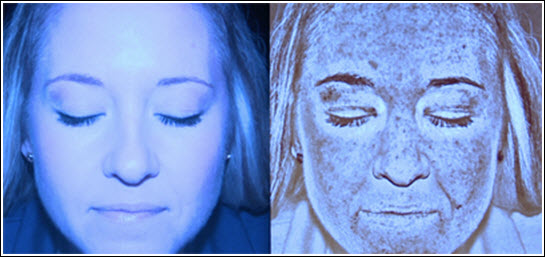
UVA: “A” is for Aging
UVA rays have the longest wavelength. Most of these rays are not absorbed by the ozone layer, so they account for over 90% of the UV radiation that reaches the earth. UVA rays also penetrate deeper into the skin, potentially causing many types of damage. They are responsible for the cumulative effects of sun-related skin aging, suntans (which are the skin’s natural reaction to the damage UVA rays cause to its DNA), and can lead to skin cancer.
UVA rays can easily penetrate clouds and glass, so they can also affect your skin indoors and on cloudy days. They are present whenever there is daylight, a near-constant threat to the skin all day in all seasons of the year. They are the primary rays used in tanning beds and booths, which dangerously accelerate the aging of skin and its susceptibility to skin cancer.
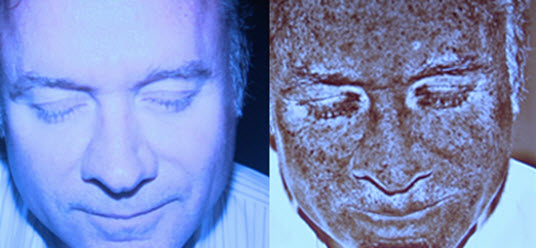
UVB: “B” is for Burning
UVB rays are the shorter of the two. The ozone layer absorbs most of these rays, and those that get through penetrate only the top layers of the skin. UVB rays are primarily what cause sunburns, and they vary in strength depending on the time of day and season of the year – though you can get a sunburn in any season.
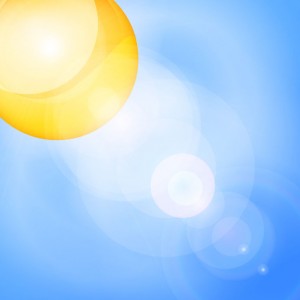 Your Failing Sun Protection
Your Failing Sun Protection
Most people believe the only line of defense they need against the sun’s rays is sunscreen during the summer – until they know the real UVA story. The SPF number (or Sun Protection Factor) on sunscreen labels actually refers to an estimated length of time before one’s skin will start to burn from UVB ray exposure. Unless other ingredients are added in, sunscreen only protects against UVB rays. Even for those that do offer UVA protection (sometimes called “broad spectrum” sunscreen), there is little agreement about — or quantification of — the level of protection these ingredients offer. Therefore, any actual protection may be insignificant.
Sunscreen (if it is applied properly and as often as needed) can prevent sunburns, so it appears to be working. If you fail to use sunscreen when out in the sun for a long period of time, you’ll have painful, obvious consequences in the same day. It’s a simple, immediate connection that has been successfully selling sunscreen for decades now – and perpetuating the myth that you’re fully protected.
However, the long-term, cumulative damage from year-round UVA rays takes time to reveal itself. Suntans, which are an indication of the damage starting, are still viewed as positive and attractive, despite warning of the physical consequences yet to come. Eventually you’ll see these in the form of wrinkles, sagging skin, age spots, and possibly skin cancer – much earlier than you may have thought.
The Danger You Can Do Something About
Understanding the UVA story can help you better protect your skin from damage. Photoaging – or aging caused by the sun’s rays – can happen any time you can see the light of the sun, whether you’re driving your car, getting your mail, exercising… the list is endless.
You’ll notice that the skin of your hands and face probably looks older than the rest of your body. During colder months, you likely cover up most of your body to stay warm. Your face and hands are left exposed to the UVA rays that remain powerful all year long. After repeating this year after year, those parts of your skin begin to noticeably decline. Age spots and wrinkles appear, collagen and elastin break down, and your skin loses its ability to repair itself.
The sun’s rays may be the leading cause of skin aging, but with the right kind of protection, you can hold onto your youthful looking skin longer.
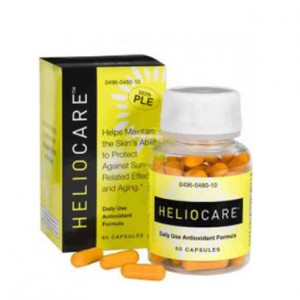 HELIOCARE® is a daily dietary supplement that helps your skin protect itself from the aging effects of the sun.* It uses naturally-derived PLE (Polypodium leucotomos extract) to boost your skin’s natural defenses against sun damage. When used every day, dermatologist-recommended HELIOCARE® can play an important role all year long in your skincare regimen to help maintain youthful-looking skin. With the prevalence of UVA rays during the day — even in the cooler winter months — occasional sunscreen use is simply not enough.
HELIOCARE® is a daily dietary supplement that helps your skin protect itself from the aging effects of the sun.* It uses naturally-derived PLE (Polypodium leucotomos extract) to boost your skin’s natural defenses against sun damage. When used every day, dermatologist-recommended HELIOCARE® can play an important role all year long in your skincare regimen to help maintain youthful-looking skin. With the prevalence of UVA rays during the day — even in the cooler winter months — occasional sunscreen use is simply not enough.
You can find HELIOCARE® at your nearest neighborhood Walgreens by using this convenient store locator, or you can cut out the hassle and get HELIOCARE® delivered to your door by visiting Walgreens online.
To learn more about Heliocare®, click here.
CLICK HERE FOR SAVINGS
Available at your neighborhood Walgreens and at walgreens.com.
Sources:
- http://www.skincancer.org/healthy-lifestyle/anti-aging/what-is-photoaging
- http://www.skincancer.org/prevention/uva-and-uvb
- http://www.dermalinstitute.com/us/library/11_article_Structural_Changes_Associated_with_Aging_Skin.html
- http://www.geglobalresearch.com/blog/the-difference-between-uva-and-uvb-rays
*These statements have not been evaluated by the Food and Drug Administration. This product is not intended to diagnose, treat, cure or prevent any disease.

